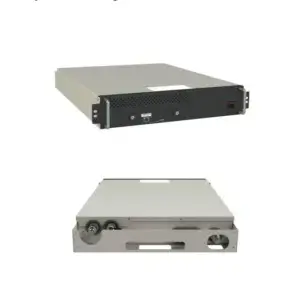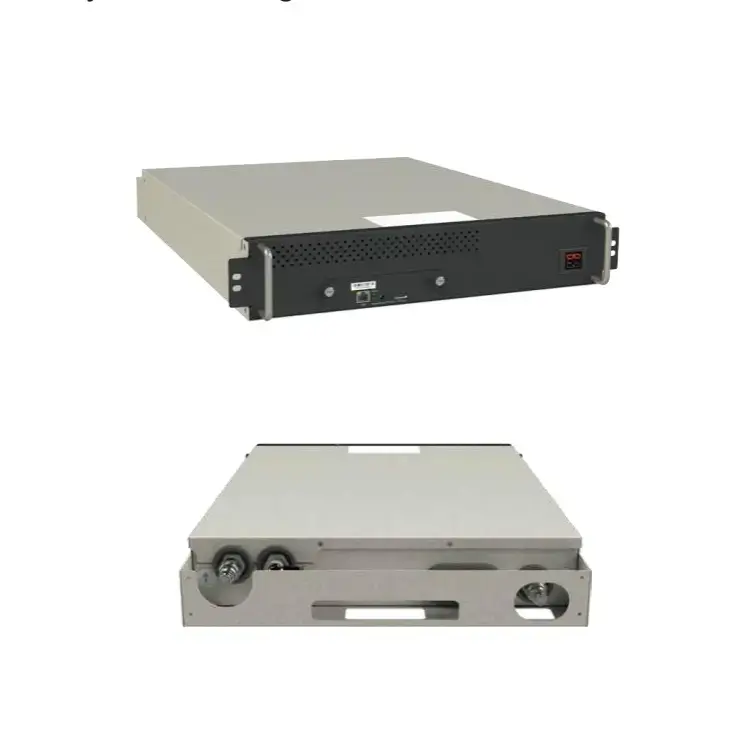Miner S21 XP+: Thermal Management Challenges in High-Density Mining .Racks
The relentless pursuit of higher hash rates in cryptocurrency mining has led to the development of increasingly powerful ASIC miners, such as the Bitmain Antminer S21 XP+. While these machines deliver exceptional computational performance, their high power consumption and heat output present significant thermal management challenges, especially when deployed in high-density mining racks. Understanding and mitigating these challenges is crucial for maintaining optimal performance, ensuring hardware longevity, and maximizing operational efficiency.
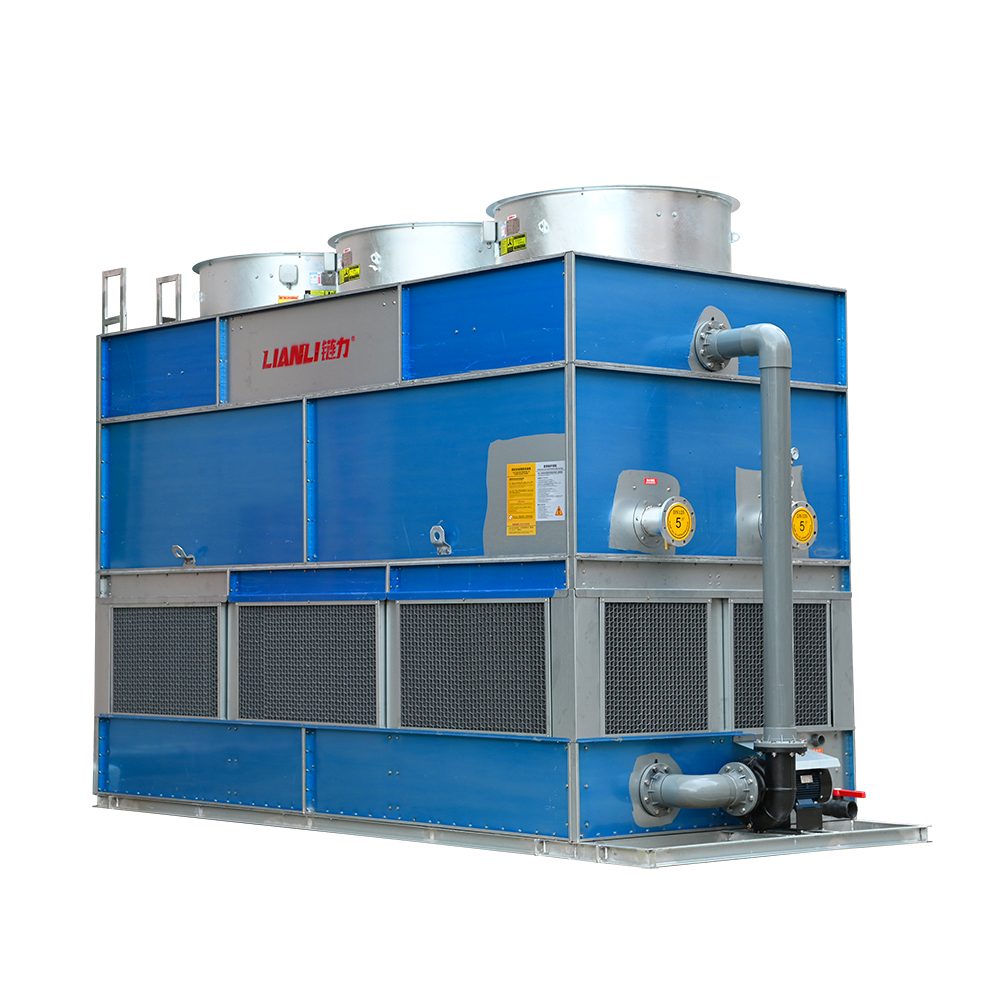
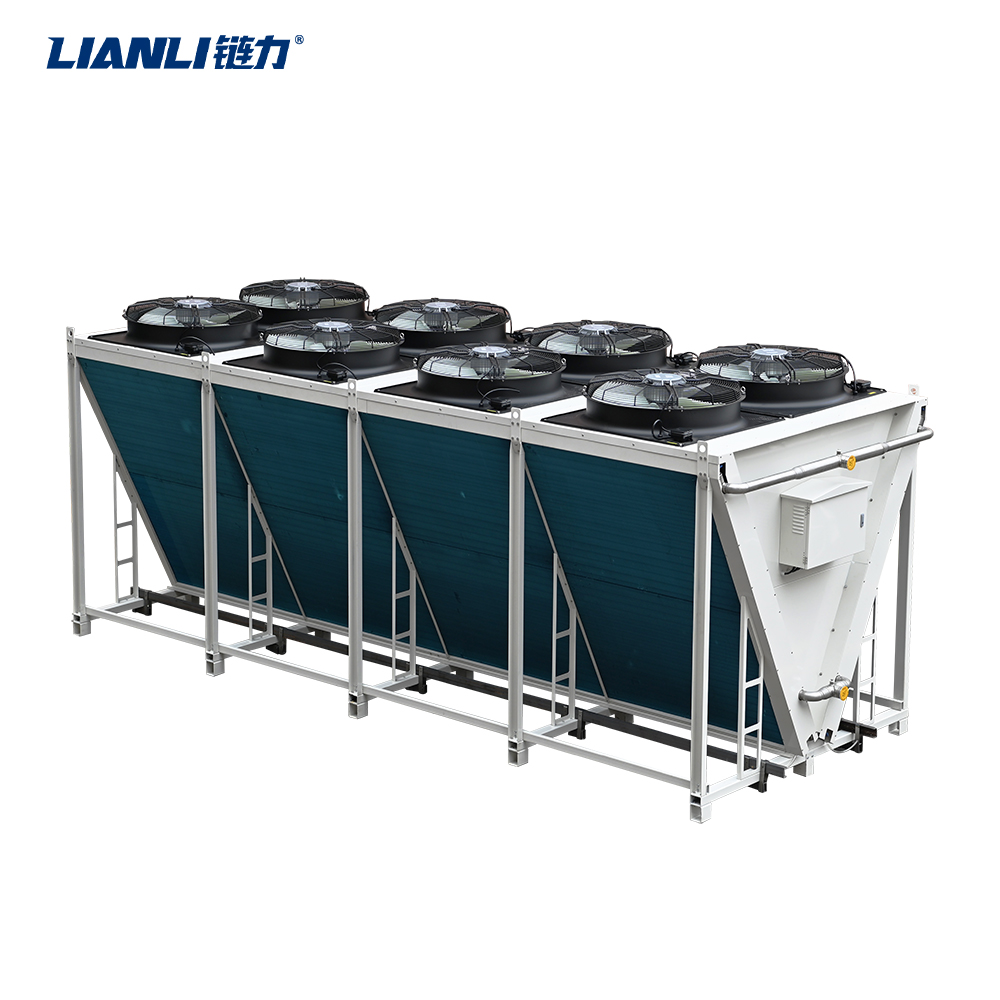
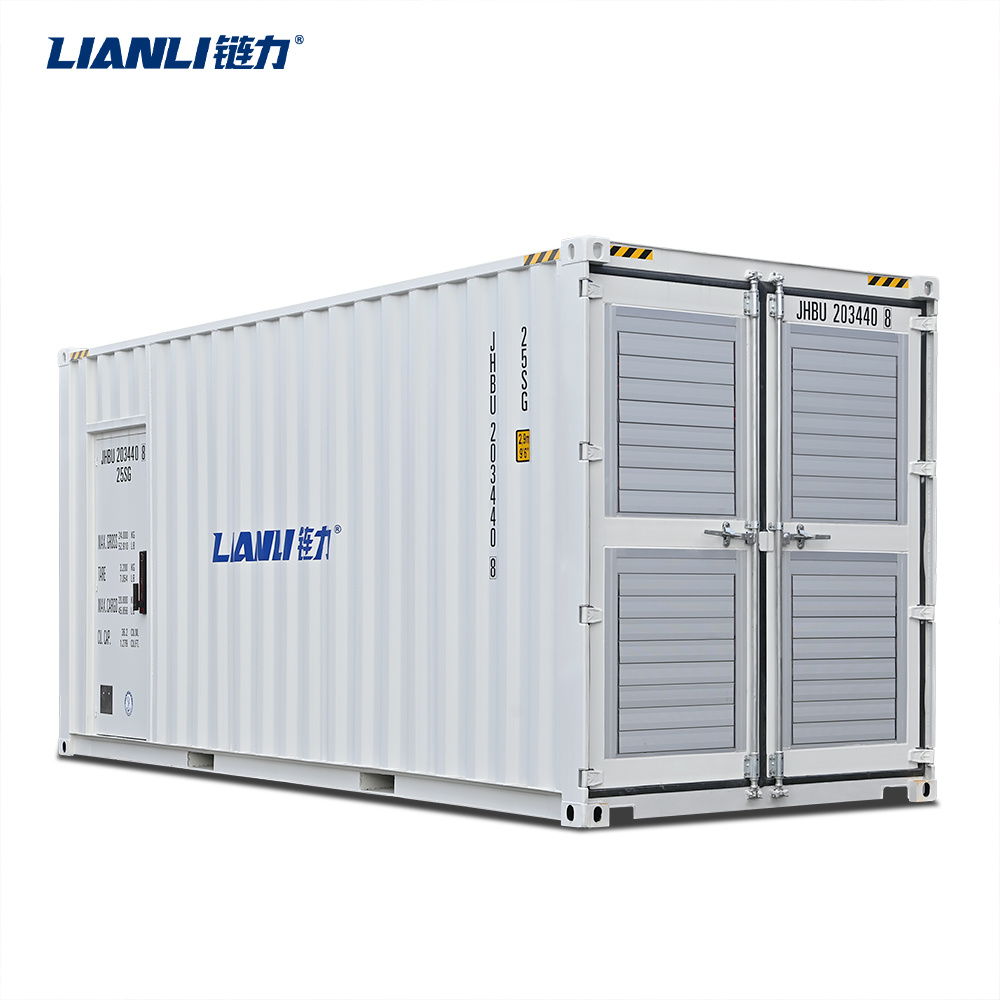 The Heat Output of the Antminer S21 XP+
The Antminer S21 XP+ is a prime example of cutting-edge mining hardware. Boasting a hash rate of up to 300 TH/s with an efficiency of around 15.5 J/TH, it consumes a substantial amount of electrical power, translating directly into significant heat generation. Under full load, a single S21 XP+ unit can dissipate well over 4,500 watts of heat. When multiple units are densely packed into standard 19-inch server racks, the cumulative heat output becomes immense, creating localized hotspots and rapidly increasing the ambient temperature within the mining facility.
Challenges in High-Density S21 XP+ Racks
Deploying numerous S21 XP+ miners in a confined rack space exacerbates thermal issues:
The Heat Output of the Antminer S21 XP+
The Antminer S21 XP+ is a prime example of cutting-edge mining hardware. Boasting a hash rate of up to 300 TH/s with an efficiency of around 15.5 J/TH, it consumes a substantial amount of electrical power, translating directly into significant heat generation. Under full load, a single S21 XP+ unit can dissipate well over 4,500 watts of heat. When multiple units are densely packed into standard 19-inch server racks, the cumulative heat output becomes immense, creating localized hotspots and rapidly increasing the ambient temperature within the mining facility.
Challenges in High-Density S21 XP+ Racks
Deploying numerous S21 XP+ miners in a confined rack space exacerbates thermal issues:


 The Heat Output of the Antminer S21 XP+
The Antminer S21 XP+ is a prime example of cutting-edge mining hardware. Boasting a hash rate of up to 300 TH/s with an efficiency of around 15.5 J/TH, it consumes a substantial amount of electrical power, translating directly into significant heat generation. Under full load, a single S21 XP+ unit can dissipate well over 4,500 watts of heat. When multiple units are densely packed into standard 19-inch server racks, the cumulative heat output becomes immense, creating localized hotspots and rapidly increasing the ambient temperature within the mining facility.
Challenges in High-Density S21 XP+ Racks
Deploying numerous S21 XP+ miners in a confined rack space exacerbates thermal issues:
The Heat Output of the Antminer S21 XP+
The Antminer S21 XP+ is a prime example of cutting-edge mining hardware. Boasting a hash rate of up to 300 TH/s with an efficiency of around 15.5 J/TH, it consumes a substantial amount of electrical power, translating directly into significant heat generation. Under full load, a single S21 XP+ unit can dissipate well over 4,500 watts of heat. When multiple units are densely packed into standard 19-inch server racks, the cumulative heat output becomes immense, creating localized hotspots and rapidly increasing the ambient temperature within the mining facility.
Challenges in High-Density S21 XP+ Racks
Deploying numerous S21 XP+ miners in a confined rack space exacerbates thermal issues:
- Airflow Restriction: High-density packing limits the space for air to circulate effectively around each miner. The powerful fans on the S21 XP+ require ample intake of cool air and unobstructed exhaust paths. When units are stacked closely, the hot exhaust from one miner can be drawn directly into the intake of the adjacent unit, a phenomenon known as “recirculation.” This drastically reduces cooling efficiency and causes the miners to operate at elevated temperatures.
- Hotspot Formation: Poor airflow management leads to the creation of hotspots – areas within the rack or data center where temperatures are significantly higher than the average. Components like the hash boards and power supplies within the S21 XP+ are particularly sensitive to heat. Sustained operation in hotspots accelerates component degradation, increases failure rates, and can lead to thermal throttling, where the miner automatically reduces its hash rate to prevent damage.
- Cooling System Overload: Standard air conditioning or basic forced-air cooling systems are often inadequate for the thermal load generated by a rack full of S21 XP+ miners. The cooling infrastructure must be specifically designed to handle the high wattage per square foot, requiring powerful, targeted cooling solutions.
- Increased Operational Costs: Inefficient cooling directly translates to higher electricity consumption for the cooling systems themselves, eroding the profitability of the mining operation. Furthermore, higher operating temperatures necessitate more frequent maintenance and potentially shorter hardware lifespans, adding to the total cost of ownership.
- Optimized Rack Layout: Utilize vertical spacing or specialized rack designs that allow for better airflow between units. Avoid placing miners directly on top of each other without sufficient clearance. Consider the direction of airflow (intake/exhaust) when positioning the S21 XP+ models.
- Enhanced Airflow Management: Implement hot aisle/cold aisle containment systems to physically separate cool intake air from hot exhaust air. Use blanking panels to prevent air recirculation within the rack. Install high-static-pressure fans or ducting to ensure cool air reaches the intakes of all S21 XP+ units effectively.
- Advanced Cooling Solutions: Explore liquid cooling options, such as immersion cooling or direct-to-chip cooling, which offer superior heat removal efficiency compared to air cooling, especially in ultra-high-density deployments. While the initial investment is higher, the long-term energy savings and improved hardware reliability can be substantial.
- Environmental Monitoring: Deploy comprehensive temperature and humidity monitoring systems throughout the mining facility, particularly within racks and near critical components of the S21 XP+. Real-time data allows for proactive adjustments to cooling strategies and early detection of potential problems.
- Regular Maintenance: Ensure that the air filters on the S21 XP+ are cleaned regularly, and the internal components are free of dust buildup, which acts as an insulator and impedes heat dissipation.

